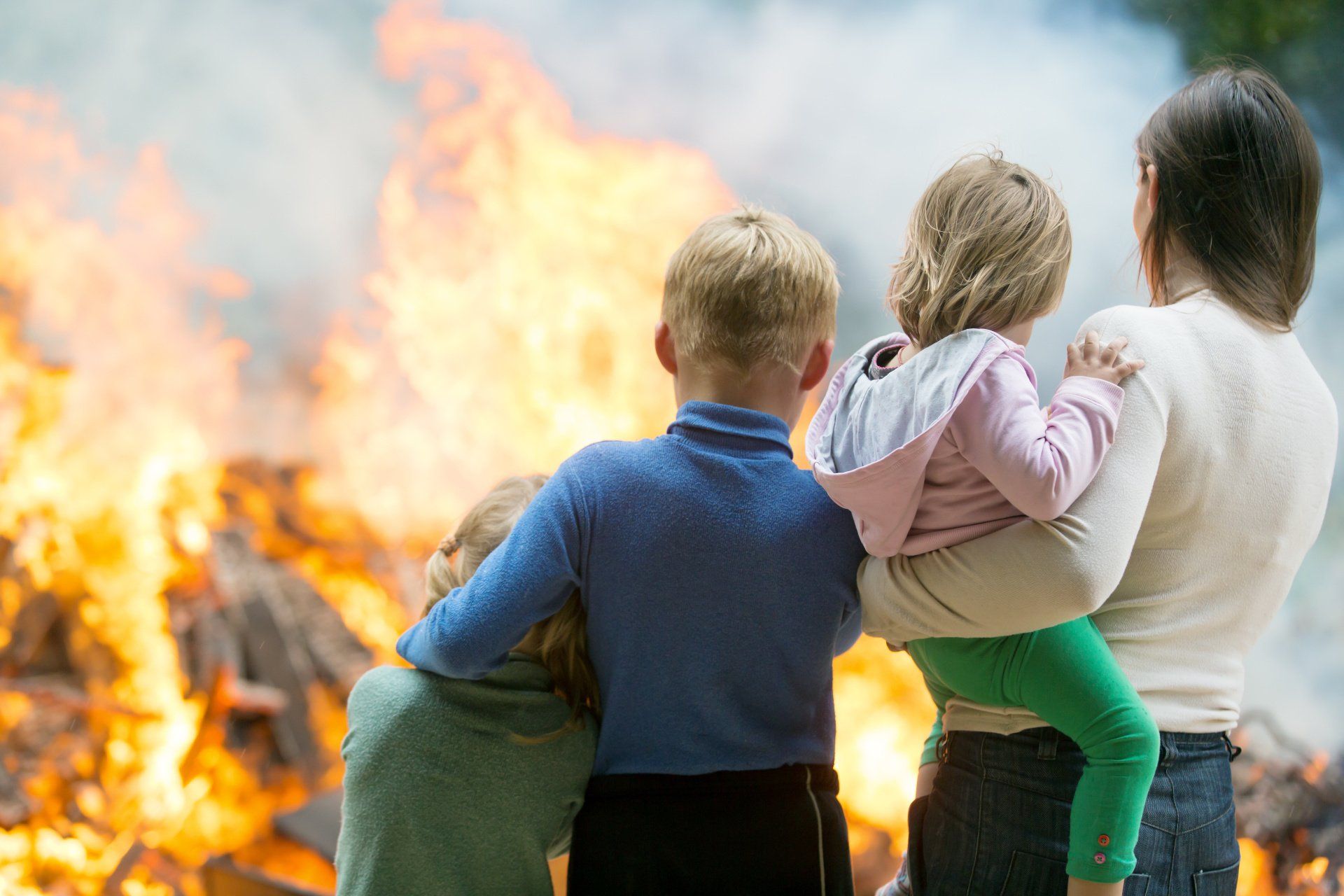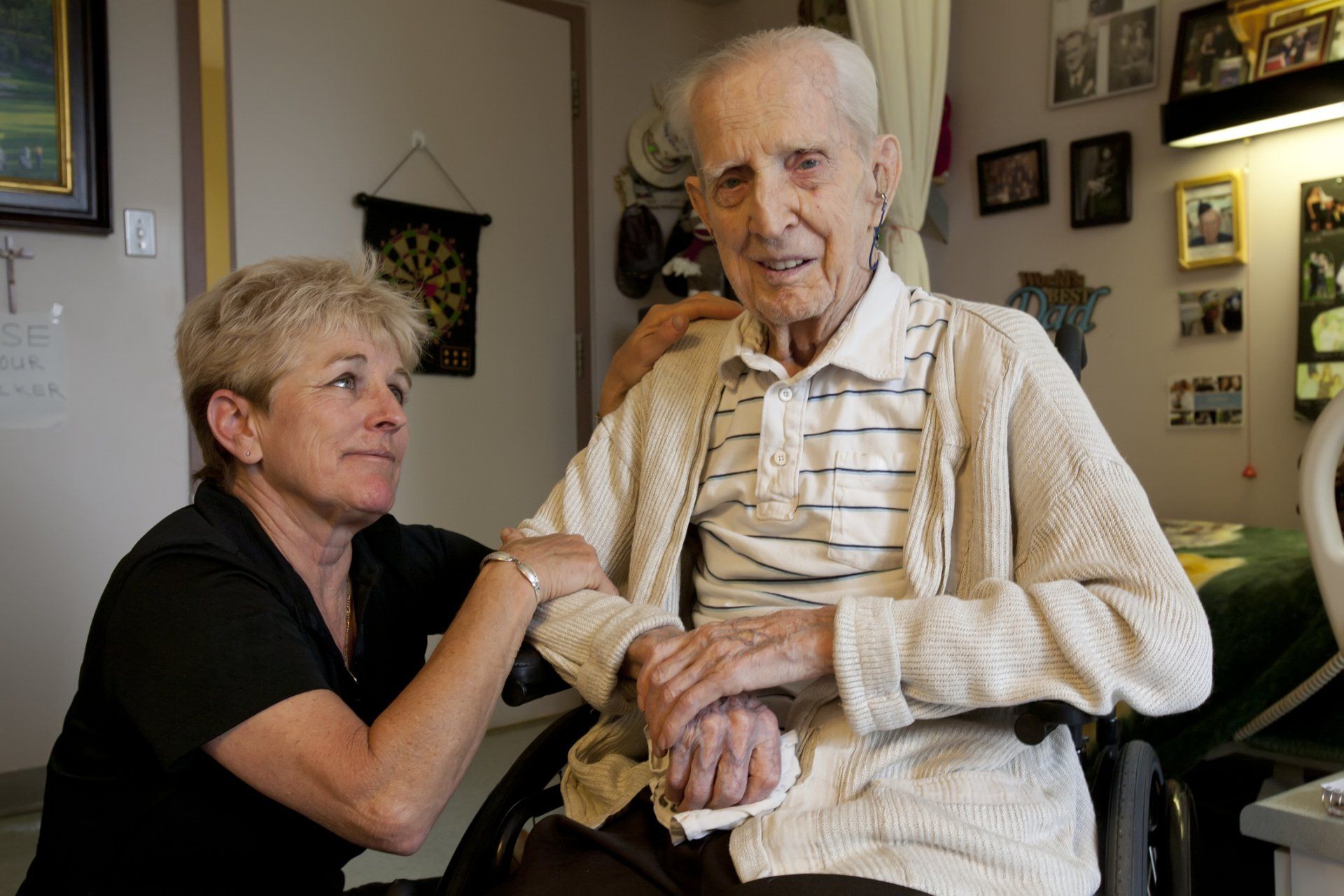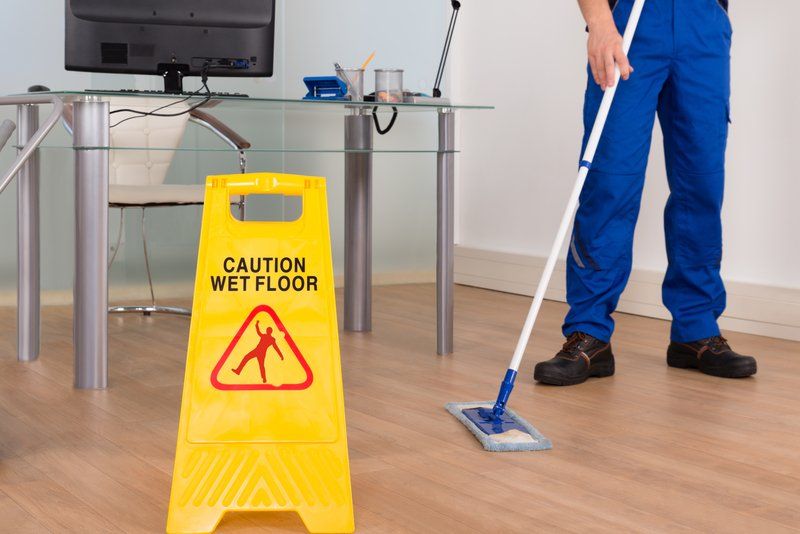Iowa, Illinois, Wisconsin | 563-582-5834
Blog Post
Blog
October - Fire Safety Month
J. Allen Wallis III, CIC, CPIA, AIS, CRIS, CLCS • Oct 17, 2019
A lot has been written and more said about Fire Safety tips. When asked to write a blog, I decided to narrow my concentration on prevention and safety messages with respect to children. Doing a bit of research, I encountered some facts:
- From the Children's Hospital in Des Moines, Iowa - Every day, at least one child dies from a home fire and another 293 children are injured from fires or burns. Ninety percent of all fire-related deaths are due to home fires.
- Young children, especially under the age of five years, cannot be relied upon to escape from a fire on their own.
- When a fire starts, children often become confused plus scared and tend to hide somewhere where they feel safe (i.e. under the bed, in a closet, or even a corner).
- It is known that a number of children have difficulty waking up to the sound of a tonal smoke alarm. It's known that in excess of 50% of children under the age of five years who die in a house fire are asleep at the time.
- Surprisingly, it has been found that older children sometimes make an improper decision and even return to the burning house after something they left behind.
As parents, we should have a definite escape plan when there are children in your home. Many children need help getting out of the house, as they may not know how to escape or what to do without the help of an adult. Subsequently, households must talk about and develop and escape procedure:
- Have a plan for young children who cannot get outside by themselves. Designate who will have to wake babies and very young children and help them to safety.
- Plan on two different ways out of every room of your house. This is because there is a likelihood that one exit could be blocked or too dangerous to exit from.
- Arrange a meeting location outside your home. It is extremely important that children know what to do when they hear a smoke alarm, particularly when there is no adult around. As adults, we need to help them practice going to the outside meeting place. Impair upon them to never go back inside a building that is on fire.
There is no doubt that some children are curious about fire, and steps shoule be taken to keep your loved ones safer from both fire and burns.
- "3-foot rule" from anything that can get hot. Stove-tops and space heaters are just two of the objects that can cause terrible burns. Keep children at least 3 feet away from stoves, heaters, or anything that gets hot.
- Never play with lighters or matches when you are with your children.
Children may try to do the same thing.
- Keep smoking materials locked up in a high place. Don't leave matches or cigarette lighters where children can reach them.
If you teach kids about the facts about fire, they'll be better able to protect themselves. Teach your children that:
- Fires spread very quickly.
- Most fire-related deaths are not from burns, but from smoke inhalation.
Kids should learn to:
- Cover their mouths and noses with a wet towel or item of clothing to block harmful fumes while evacuating.
- As smoke always rises, teach them to crawl under the smoke to safety and stay as low as possible.
- If there is a door that must be opened, they should touch the doorknob to see if it is hot. If it's hot to the feel, teach them to find another way out.
- Never stop or go back for personal belongings or pets or even to call 911 when leaving a burning building.
- Locate the closest stairway marked "Fire Exit" if you live in an apartment building or a fire escape if the stairway isn't accessible. Avoid the elevator and pull the alarm.
- Stop, drop, and roll to put out flames if an article of clothing catches on fire.
- Never, I mean NEVER, go back into a burning building once outside and safe.
I'll conclude this with just a few fire prevention measures that should be followed:
- Never cook without an adult present.
- Don't play in the kitchen when someone is cooking.
- Keep towels and other flammables away from stove-tops, fire places, and space heaters.
- Never place clothes or other flammable items on a lamp.
- Do not plug too many items into a single electrical outlet.
Share
Tweet
Share
Mail
1681540972
VIEW ALL SERVICES
Health Insurance Dubuque
| Health Insurance Cedar Rapids
| Health Insurance Davenport
| Health Insurance Madison
| Health Insurance Rockford
| Insurance Dubuque
| Insurance Cedar Rapids
| Insurance Davenport
| Insurance Madison
| Insurance Rockford
| Affordable Car Insurance Dubuque
| Affordable Car Insurance Cedar Rapids
| Affordable
Car Insurance Davenport
| Affordable Car Insurance Madison
| Affordable Car Insurance Rockford
| Life Insurance Dubuque
| Life Insurance Cedar Rapids
| Life Insurance Davenport
| Life Insurance Madison
| Life Insurance Rockford
| Homeowner Insurance Dubuque
| Homeowner Insurance Cedar Rapids
| Homeowner Insurance Davenport
| Homeowner Insurance Madison
| Homeowner Insurance Rockford
| Insurance Companies Dubuque
| Insurance Companies Cedar Rapids
| Insurance Companies Davenport
| Insurance Companies Madison
| Insurance Companies Rockford
| Motorcycle Insurance Dubuque
| Motorcycle Insurance Madison
| Motorcycle Insurance Rockford
| Business Insurance Dubuque
| Business Insurance Madison
| Business Insurance Rockford
| Best Car Insurance Dubuque
| Best Car Insurance Madison
| Best Car Insurance Rockford
| Affordable Renters Insurance Dubuque
| Affordable Renters Insurance Madison
| Affordable Renters Insurance Rockford
| Medicare Supplement Insurance Dubuque
| Medicare Supplement Insurance Madison
| Medicare Supplement Insurance Rockford
| General Liability Insurance for Small Business Dubuque
| General Liability Insurance for Small Business Davenport
| General Liability Insurance for Small Business Rockford
| Truck Insurance Companies Dubuque
| Truck Insurance Companies Davenport
| Truck Insurance Companies Rockford | Condo Insurance Dubuque | Condo Insurance Quote Cedar Rapids | Condominium Insurance Davenport | Condo Owner Insurance Madison | Condo Insurance Rockford | Condo Insurance Quote Dubuque | Condominium Insurance Cedar Rapids | Condo Owner Insurance Davenport | Condo Insurance Madison | Condo Insurance Quote Rockford | Condominium Insurance Dubuque | Condo Owner Insurance Cedar Rapids
© Copyright 2024 All Rights Reserved New Eagle Insurance













